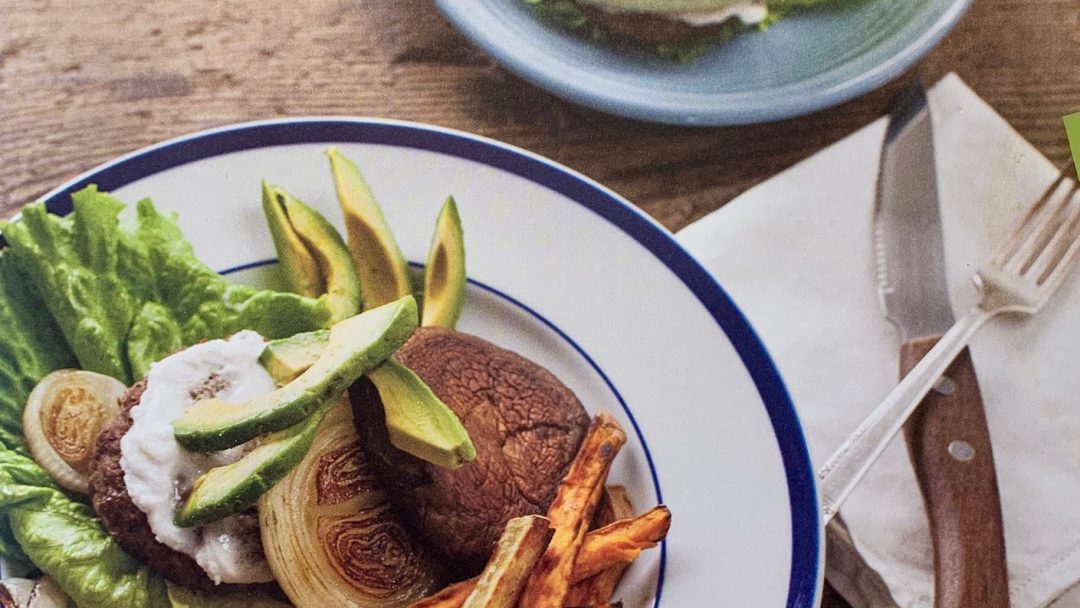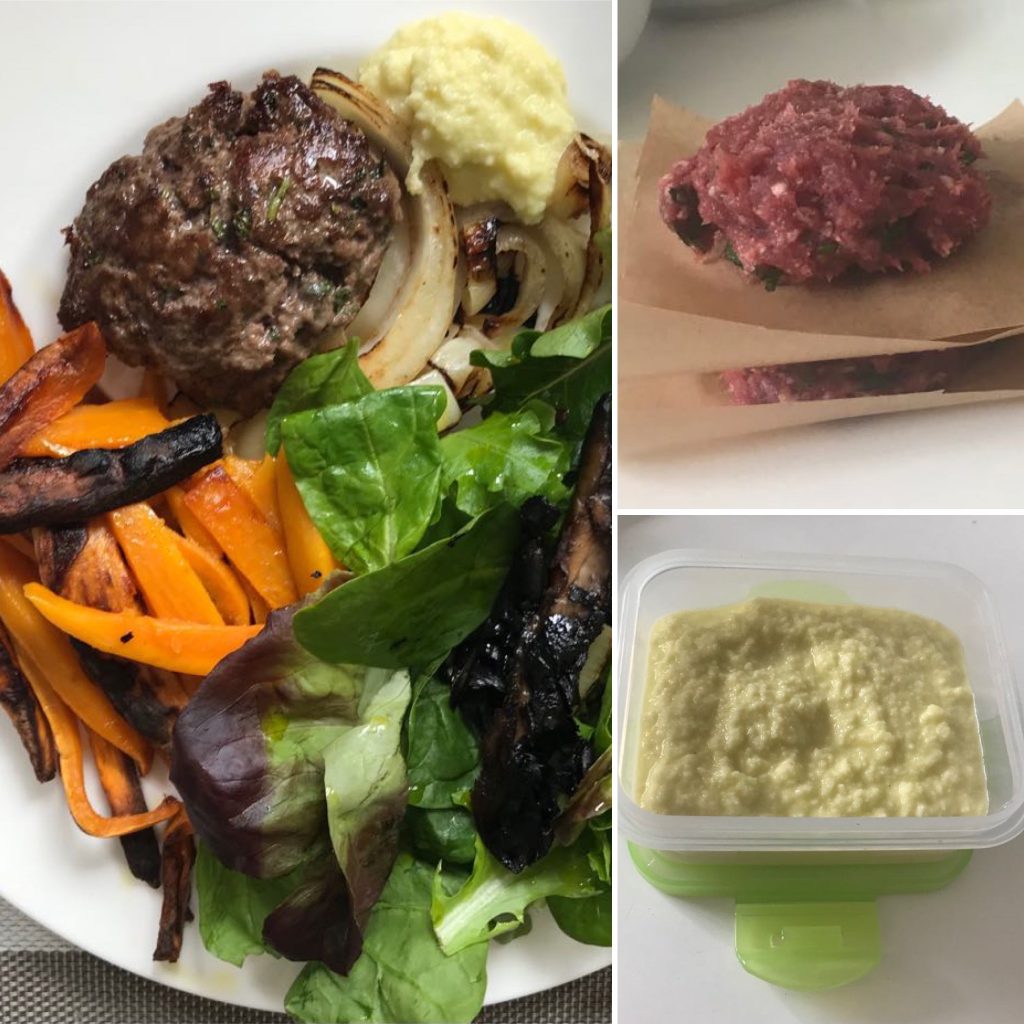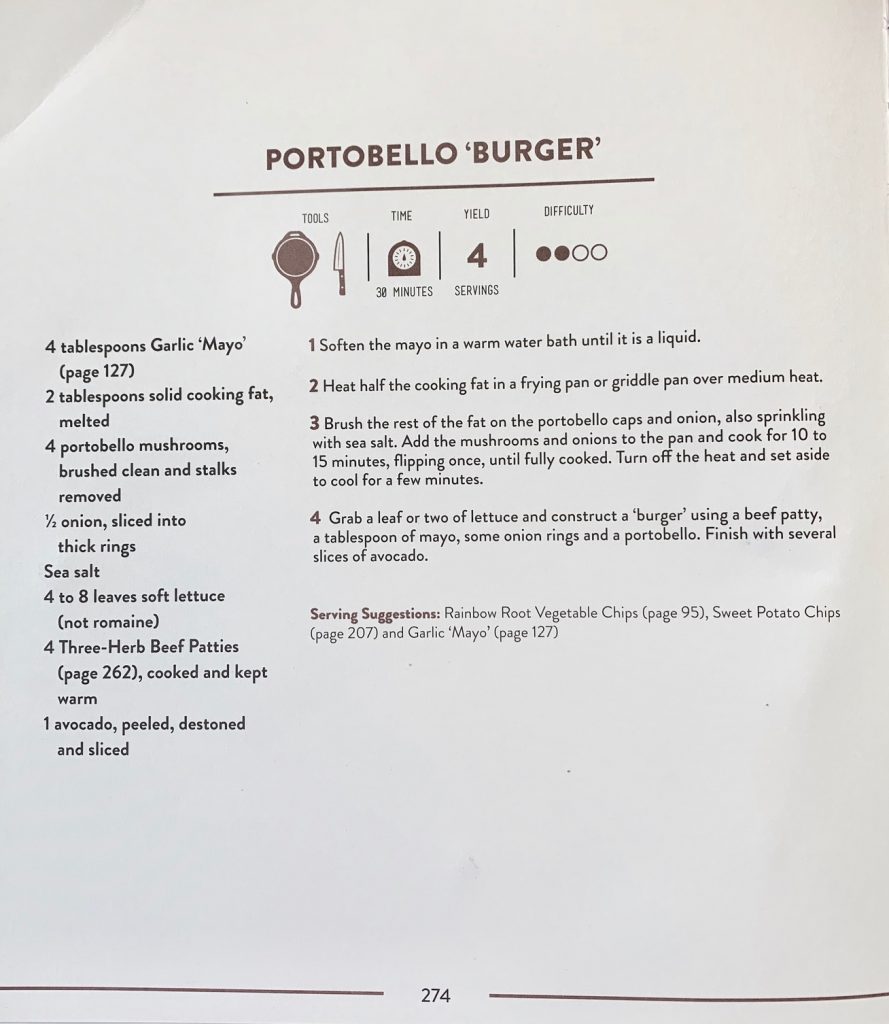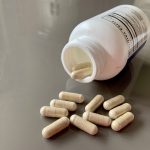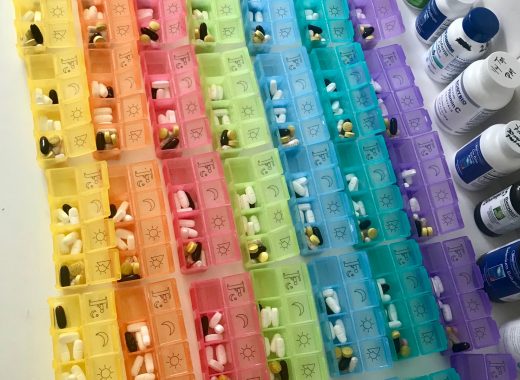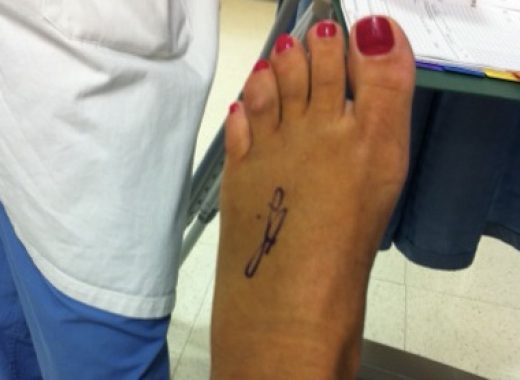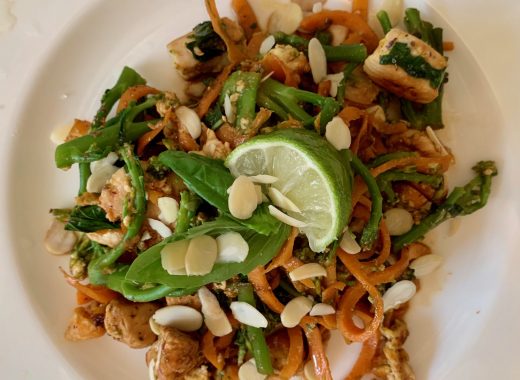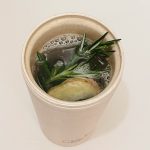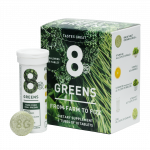I find most cookbooks that are significantly different from how I normally cook – be it alkaline, ketogenic, plant-based, Japanese, Middle Eastern – slightly overwhelming and not user-friendly. You are excited, buy the book, maybe read the introduction, see the long list of new ingredients and often new ways of cooking of each recipe – and your new cookbook is fast on its way to becoming a decorative item in your kitchen with all your good intentions also being shelved. Somehow Instagram or websites also don’t make it that much easier. They just offer more and more recipe options – and add to getting-started inertia.
The Autoimmune Paleo Cookbook by Mickey Trescott is the best I found – because it is structured in such a way that it makes it easy to follow. She gets that getting started is tough, and that there are only so many hours in the day. You may not want to follow this exact diet, but might want to adopt it’s ‘how to get started’ approach.
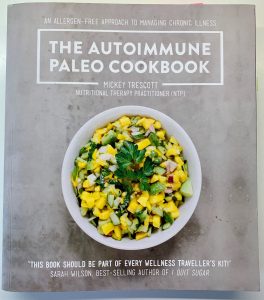
But first, what is the Autoimmune Paleo (AIP) diet? It is simply a stricter version of the Paleo diet (based on meat, fish, vegetables, nuts and seeds) designed to reduce inflammation in the body and relieve symptoms of autoimmune disorders. Foods that may cause inflammation such as grains, legumes, dairy, nightshades, eggs, alcohol, nuts, seeds, refined sugar, and food additives are avoided, and nutrient-rich foods are focused on.
My long time nutritional advisor and author of Your Healthy Journey, Fred Bisci always says: “It’s what you leave out that is important!”
A belief that autoimmune conditions are caused by “leaky gut” or intestinal permeability and dysbiois or microbial imbalances underpins this diet. By following the AIP, your gut lining is able to heal and proper flora balance can be established, therein lessing symptoms and healing autoimmune diseases. The book breaks the following down for you
- List of foods to avoid and include
- Pantry Items
- Batch cooking ideas to save time
- Breakfast ideas that are quick and easy
- Meal plans and shopping lists for 4 weeks
- Each recipe lists requirements i.e., tools, time, yield and difficulty.
I found that focusing on getting started with a few key ingredients and recipes was the most important. As a result, I felt I had made progress, was encouraged to continue and started to shift my mindset to view food as medicine vs an indulgence.
Here is what I did:
- Made sure I had all pantry items that appealed to me ➤ add to next grocery order
- Chose a few starter recipes ➤ do this immediately or it will never happen.
- 2 building-block recipes, i.e. Coconut Concentrate which is great for Garlic Mayo and other recipes.
- 2 easy breakfasts – this seems to be the hardest meal.
- 6 -8 meals that were not too complicated, ie. Cauliflower Fried Rice, Chicken and Pesto Saute, Three-herb beef patties and Portobello ‘Burger’ etc..
- Get started asap and don’t forget about batch cooking!
Find out more about this diet or order the book on Amazon


